Director: Ryoo Seung-wan
Cast: Hwang Jung-Min, So Ji-Sub, Song Joong-Ki, Lee Jung-Hyun, Kim Soo-Ahn, Kim In-Woo, Kim Joong-Hee, Lee Kyoung-Young, Shin Seung-Hwan, Ahn Se-Ho
Running Time: 132 min.
By Z Ravas
Although director Ryoo Seung-wan has engaged in big-budget spectacle in the recent past – 2013’s The Berlin File felt like the filmmaker’s attempt to top the Bourne trilogy, and long before that he’d dabbled in the superhero (Arahan) and spoof (Dachimawa Lee) genres – he’s long felt most at home helming scrappy action flicks like the fan favorite City of Violence, not to mention 2015’s box office smash Veteran. Of course, it’s never fair to expect a filmmaker to operate in just one mode, no matter how good they are at it, and so Ryoo Seung-wan is back with his most expensive and ambitious project yet: the World War II epic The Battleship Island.
The film is based on conditions at Hashima Island, home to a daunting military installation that feels one part labor colony, one part wartime fortress, in which the Japanese army forced some 400 Koreans to work in its labyrinth of coal mines. Although the real world location still stands, and is a UNESCO-sanctioned World Heritage site, much of the film’s $21 million dollar budget went into constructing massive sets to replicate Hashima Island (considering how many explosions go off during the movie, it was probably wise not to film at the historical site!). Indeed, the sprawling sets built for the film serve as the viewer’s first indication of Battleship Island‘s biggest selling point: this is easily one of the most impressive Korean productions ever made, and despite some occasionally below-par CGI, Ryoo Seung-wan’s technical accomplishment frequently stands alongside the best Hollywood has to offer.
As the story opens, the Japanese Army is beginning to realize they’re on the losing side of war, even as their country’s leaders direct them to carry on as usual. Part of their orders involves regularly shipping off Korean detainees en masse to work the coal mines of Hashima Island, a perilous job due to unsafe working conditions such as gas leaks and runaway mine carts. Despite their will to escape, and the measured leadership of an exiled Korean political figure (played by The Pirates‘ Lee Kyoung-Young), no prisoners have managed to overtake their captors or flee the ocean-bound fortress.
But that fate might just change with the most recent shipment of laborers, a ragtag group that includes a womanizing band leader (Hwang Jung-min) and his young daughter (Train to Busan’s Kim Soo-ahn), as well as a swaggering gangster (So Ji-sub). So Ji-sub is an actor known primarily for his work on Korean television, but I imagine most Westerners will recognize him as the titular character from A Company Man, as well as the Kim Ki-duk-penned Rough Cut. Hwang Jung-min, meanwhile, needs no introduction, as he arguably the most recognizable actor working in Korean cinema these days; I have to confess that Jung-min’s presence took me out of the movie somewhat, simply because he is the sole Movie Star in a film that is clearly attempting to convince you of its historical verisimilitude, but you won’t catch me saying a bad word about his performance.
If The Battleship Island possesses a fatal flaw, it’s that it too often feels like a holdover from the many Korean productions we saw circa 2014, such as The Admiral: Roaring Currents and Tiger: An Old Hunter’s Tale, in which the Japanese villains are portrayed as extremely one-dimensional, desperately evil monsters, a characterization that is likely exacerbated here due to the World War II setting. As in those pictures, the Japanese characters are portrayed by Korean actors, and the only direction from Ryoo Seung-wan seems to be for them to play their parts as big and broad as possible. The movie also pulls no punches when addressing the Japanese military’s use of “comfort women” – while it mercifully stops short of depicting the practice onscreen, it is distressing how often the screenplay threatens the audience with something unspeakable happening to the very young Kim Soo-ahn. There’s even a (brief) flashback of Japanese soldiers rolling a Korean schoolgirl over a bed of nails that recalls the notorious nastiness of Men Behind the Sun.
Granted, I doubt most audiences are asking for a World War II movie that glosses over the atrocities of that time period, but offering up such a one dimensional and cartoony portrayal of the Japanese hardly seems to do right by the people who endured hardships on Hashima Island. Indeed, some of the survivors of the labor camp have spoken out against the film’s inaccuracies – as just one example, the Japanese are seen in the film burning the corpses of deceased workers en masse, when in reality Koreans were offered respectable burials. Fortunately, the fictional storyline is enlivened by the addition of Song Joong-ki as a capable Korean spy who infiltrates the mine in order to rescue Lee Kyoung-Young’s political leader. Despite his babyface looks, Song Joong-ki proves quite believable during his action sequences; there’s even one scene in which he takes down some soldiers with a detached bayonet that felt clearly inspired by the opening battle sequence of Donnie Yen’s Legend of the Fist: The Return of Chen Zhen. Events are soon set in motion that will see the forced laborers attempt a daring escape from the Island, which leads to the movie’s climactic setpiece (and perhaps its biggest flight of fantasy).
Even with a hefty runtime devoted to telling this story – and the Director’s Cut is reportedly even longer at 151 minutes – by the end it’s clear that Ryoo Seung-wan’s real interest in this tale lies in staging the miners’ heroic prison breakout, and it’s a grand finale worthy of any Steven Spielberg or Ridley Scott picture, complete with crane shots that soar over the battlefield and an emotive score. If Ryoo Seung-wan is hoping to cross the pond to Hollywood like his peers Kim Jee-woon and Chan-wook Park, he has no doubt delivered his calling card with the visually stunning Battleship Island. Fans of his leaner and meaner action flicks like The Unjust will likely be entertained by the spectacle on display during the climax, but with such a simplistic depiction of the events surrounding Hashima Island, the movie too often feels like the most superficial retelling possible of what is, in actuality, a remarkable true story.
Z Ravas’ Rating: 6.5/10


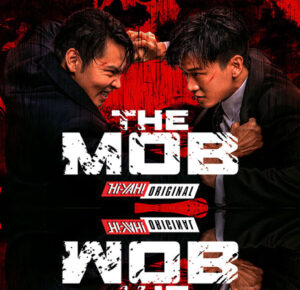
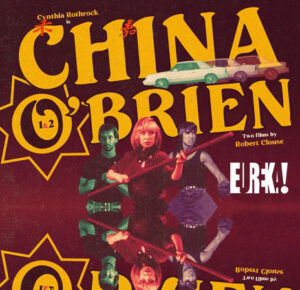
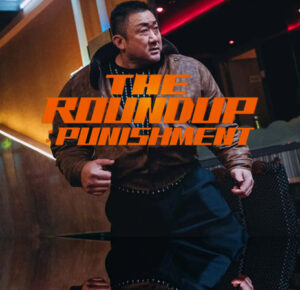

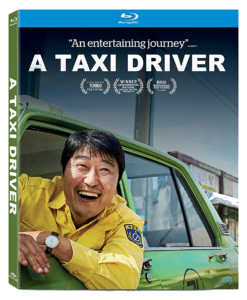

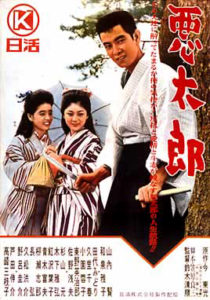
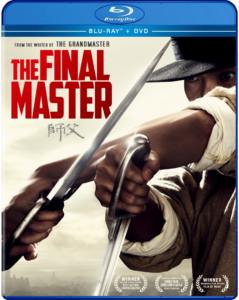


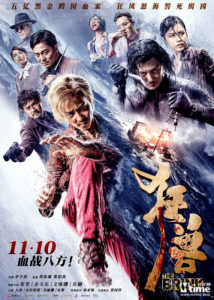
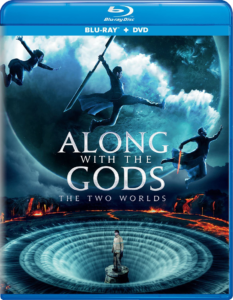
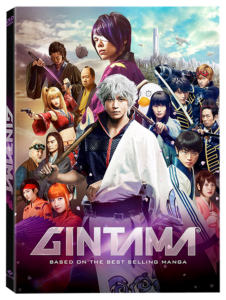

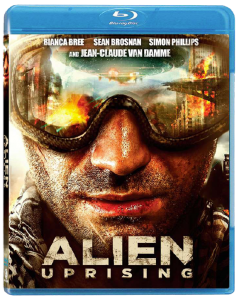
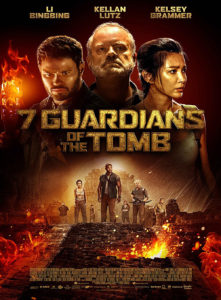

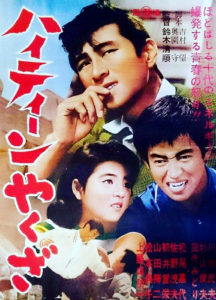



9 Comments